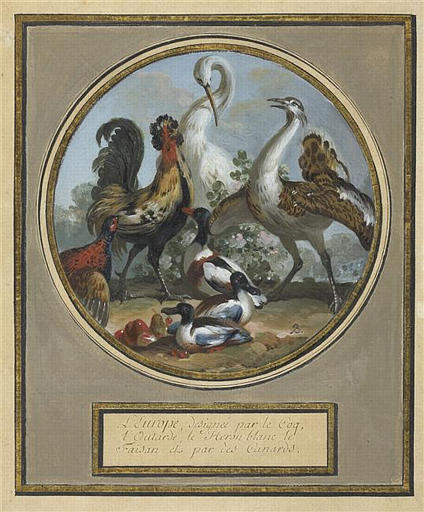Environ 170 résultats pour « Europe »
-
.svg/200px-Europe_(orthographic_projection).svg.png)
Europe
L’Europe est une région terrestre qui est considérée par les géographes soit comme un continent à part entière, soit comme l’extrémité occidentale du continent eurasiatique, voire comme une des sous-parties du super-continent de l’Afro-Eurasie. Elle est parfois qualifiée de « Vieux Continent », par opposition au « Nouveau Monde ». Sur le plan culturel, l'Europe a reçu une multiplicité d'influences au cours des âges, et comprend de nombreux pays qui possèdent à la fois un héritage commun, des différences linguistiques, religieuses et historiques, et des apports récents venus depuis la mondialisation. À ce titre, l'Europe est un espace de civilisation forgé par une histoire millénaire, et une communauté de peuples qui tend à se constituer politiquement avec l'Union européenne. L'Europe, et plus particulièrement la Grèce et la Rome antique, est le berceau de la civilisation occidentale. Entre le XVI siècle et le XX siècle, les nations européennes ont contrôlé à plusieurs reprises l'ensemble du continent américain, la quasi-totalité de l'Afrique, l'Océanie et de grandes parties de l'Asie. L'Europe est également le berceau de plusieurs bouleversements historiques majeurs, comme la Renaissance, les grandes découvertes, le siècle des Lumières et la révolution industrielle.
-

LE IEV DES PRINCES DE LEVROPE (titre inscrit)
-
- Domaine(s) :
- Estampe
- Ethnologie
-
- Sujet représenté :
- Allemagne
- Angleterre
- Autriche
- Belgique
- Carte géographique
- Crimée
- …
-
- Datation :
- XVIIe siècle
-
-
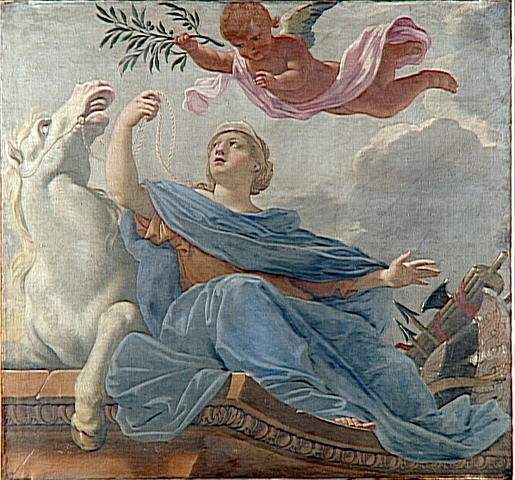
-

-
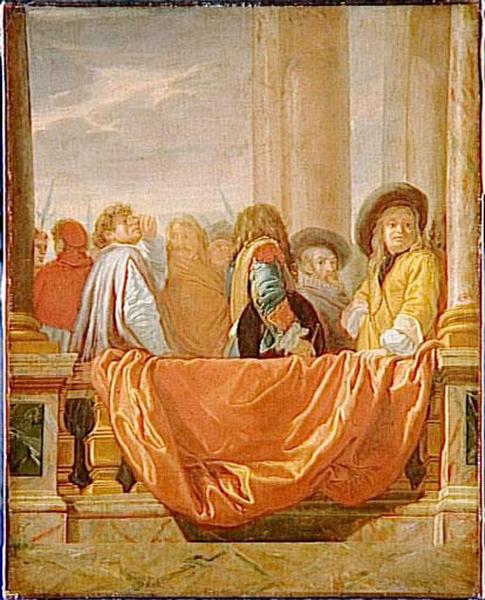
-
- Artiste(s) :
- Anonyme
- Charles Le Brun
LES DIFFERENTES NATIONS DE L'EUROPE
-
- Domaine(s) :
- Peinture
-
- Sujet représenté :
- Allégorie
- Balustrade
- Colonne (architecture)
- Europe
- Homme
- Nation
-
- Datation :
- XVIIe siècle
-
-

-
- Artiste(s) :
- Jean-Baptiste Carpeaux
LES QUATRE PARTIES DU MONDE SOUTENANT LA SPHERE CELESTE
-
- Domaine(s) :
- Sculpture
-
- Datation :
- XIXe siècle
-
-

-
- Artiste(s) :
- Jean-Baptiste Carpeaux
LES QUATRE PARTIES DU MONDE SOUTENANT LA SPHERE CELESTE
-
- Domaine(s) :
- Sculpture
-
- Datation :
- XIXe siècle
-
-

-

-
- Artiste(s) :
- Jean-Baptiste Carpeaux
LES QUATRE PARTIES DU MONDE SOUTENANT LA SPHERE
-
- Domaine(s) :
- Sculpture
-
- Datation :
- XIXe siècle
-
-
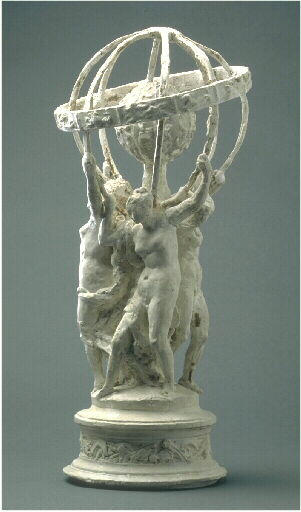
-
- Artiste(s) :
- Jean-Baptiste Carpeaux
Les quatre parties du monde soutenant la sphère
-
- Domaine(s) :
- Sculpture
-
- Datation :
- XIXe siècle
-
-

-

-
- Artiste(s) :
- Anonyme
Enfer
-
- Domaine(s) :
- Asie de l'Est
- Peinture
-
- Sujet représenté :
- Chaîne (serrurerie)
- Démon (esprit)
- Enfer
- Flamme (combustion)
-
- Datation :
- XIXe siècle
- Dynastie Qing
-
-

-
- Artiste(s) :
- Anonyme
- Giuseppe Castiglione
Portrait de l'empereur Qianlong
-
- Domaine(s) :
- Asie de l'Est
- Peinture
-
- Sujet représenté :
- Bonnet (vêtement)
- Dragon (mythologie)
- Empereur
- Homme
- Portrait
- Qianlong
-
- Datation :
- XVIIIe siècle
- Dynastie Qing
- Qianlong
-
-

AMERIQUE. (titre inscrit)
-
- Domaine(s) :
- Estampe
- Ethnologie
-
- Sujet représenté :
- Amérindiens
- Amérique
- Arc (arme)
- Arecaceae
- Canada
- Carquois
- …
-
- Datation :
- XIXe siècle
-
-

-
- Artiste(s) :
- Jean-Charles Pellerin
BOMBARDEMENT D'ALEXANDRIE - MASSACRE DES EUROPEENS (titre i…
-
- Domaine(s) :
- Estampe
- Ethnologie
-
- Datation :
- XIXe siècle
-
-

HABITATIONS LACUSTRES (titre inscrit)
-
- Domaine(s) :
- Estampe
- Ethnologie
-
- Datation :
- XIXe siècle
- XXe siècle
-
-
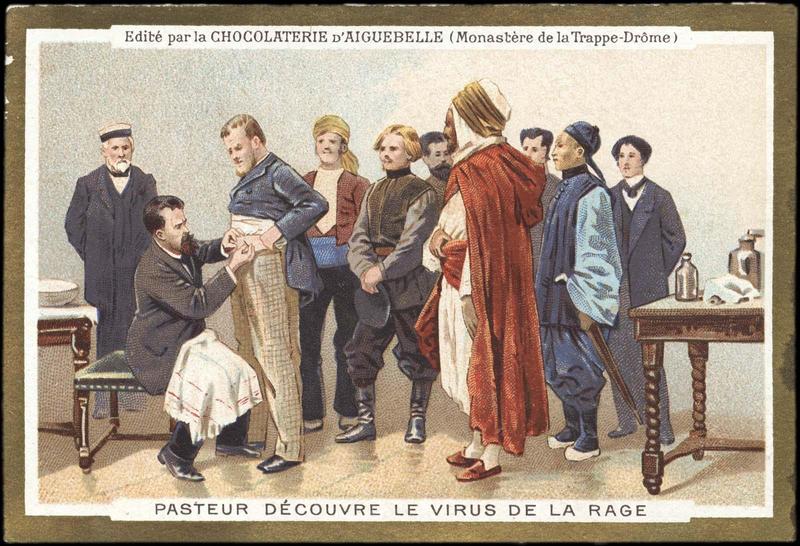
-
- Artiste(s) :
- Compagnie chérifienne de chocolaterie
PASTEUR DECOUVRE LE VIRUS DE LA RAGE (titre inscrit)
-
- Domaine(s) :
- Estampe
- Ethnologie
-
- Sujet représenté :
- Arabes
- Biologie
- Rage (maladie)
- Station assise
- Vaccination
-
- Datation :
- XIXe siècle
- XXe siècle
-
-

LES PAUWNIES (titre inscrit)
-
- Domaine(s) :
- Estampe
- Ethnologie
-
- Sujet représenté :
- Amérindiens
- Enfant
- Garçon
- Hache
- Lance
- Pistolet (arme)
-
- Datation :
- XIXe siècle
- XXe siècle
-
-

TAVOLA DELLA CONFLAGRAZIONE EUROPEA (titre inscrit, italien)
-
- Domaine(s) :
- Estampe
- Ethnologie
-
- Sujet représenté :
- Allemagne
- Allemands
- Angleterre
- Autriche
- Carte géographique
- Drapeau
- …
-
- Datation :
- XXe siècle
-
-

CARTE DE L'EUROPE (titre inscrit)
-
- Domaine(s) :
- Carte géographique
- Estampe
- Ethnologie
-
- Sujet représenté :
- Albert Ier de Belgique
- Allemagne
- Angleterre
- Autriche
- Belgique
- Bulgarie
- …
-
- Datation :
- XXe siècle
-
-

CALENDRIER / 1871 (titre inscrit)
-
- Domaine(s) :
- Estampe
- Ethnologie
- Histoire
-
- Sujet représenté :
- Allégorie
- Balai
- Bonnet phrygien
- Casque
- Couronne (attribut)
- Europe
- …
-
- Datation :
- XIXe siècle
-
-
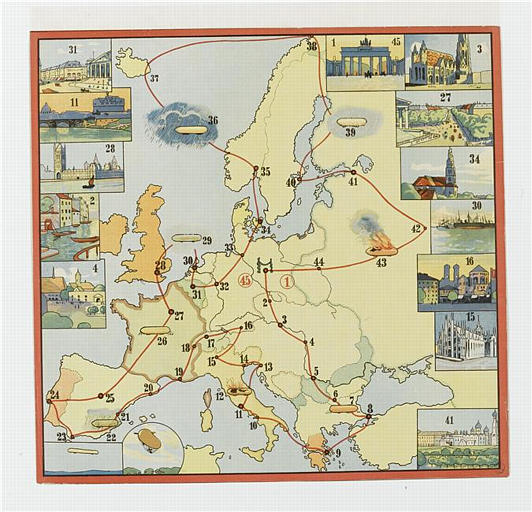
Voyage en ballon dirigeable / à travers l'Europe (titre fac…
-
- Domaine(s) :
- Carte géographique
- Estampe
-
- Sujet représenté :
- Bateau
- Berlin
- Bruxelles
- Budapest
- Carte géographique
- Cathédrale
- …
-
- Datation :
- XXe siècle
-
-

-
- Domaine(s) :
- Archéologie
- Égypte antique
-
- Désignation :
- statuette
-
- Datation :
- XVIIIe siècle
-
-

-
- Artiste(s) :
- Anonyme
-
- Domaine(s) :
- Verrerie
-
- Désignation :
- bouteille
-
- Datation :
- XVIIIe siècle
-
-

-
- Artiste(s) :
- Anonyme
-
- Domaine(s) :
- Verrerie
-
- Désignation :
- flacon
-
- Datation :
- XVIIIe siècle
-
-

-
- Domaine(s) :
- Militaria
-
- Désignation :
- pistolet
-
- Datation :
- XVIIIe siècle
-
-

-
- Domaine(s) :
- Militaria
-
- Désignation :
- fusil à piston
-
- Datation :
- XIXe siècle
-
-


